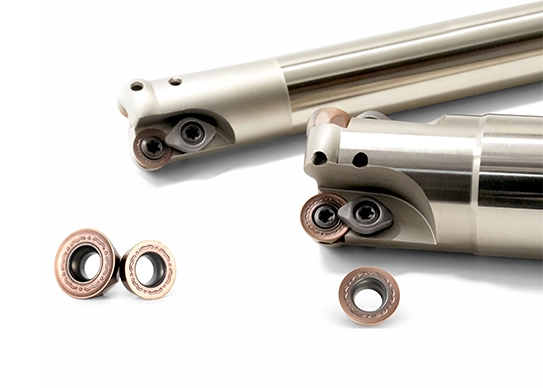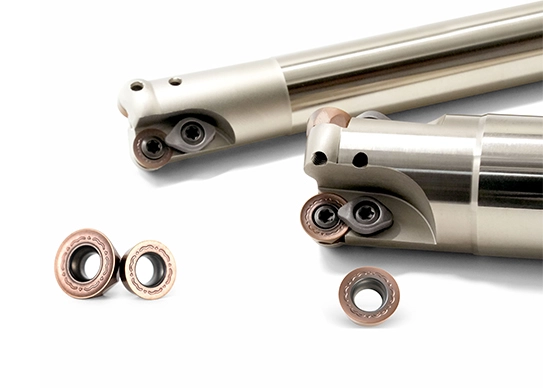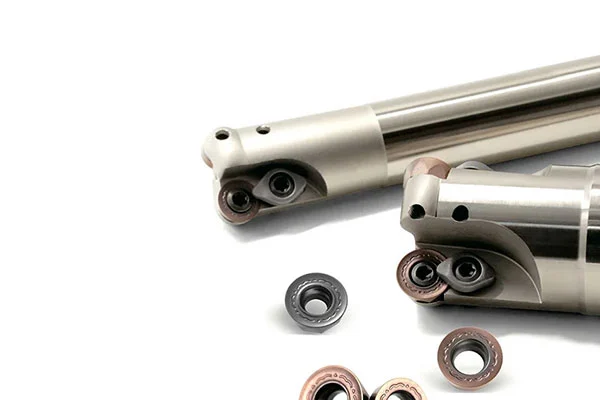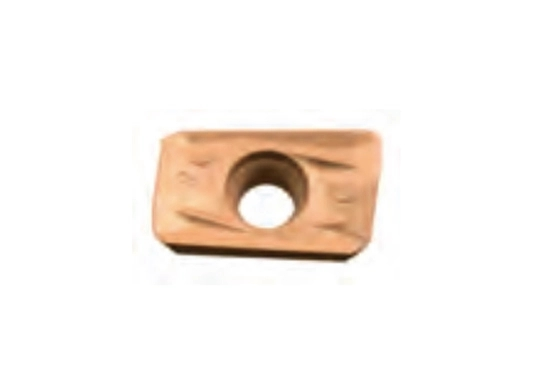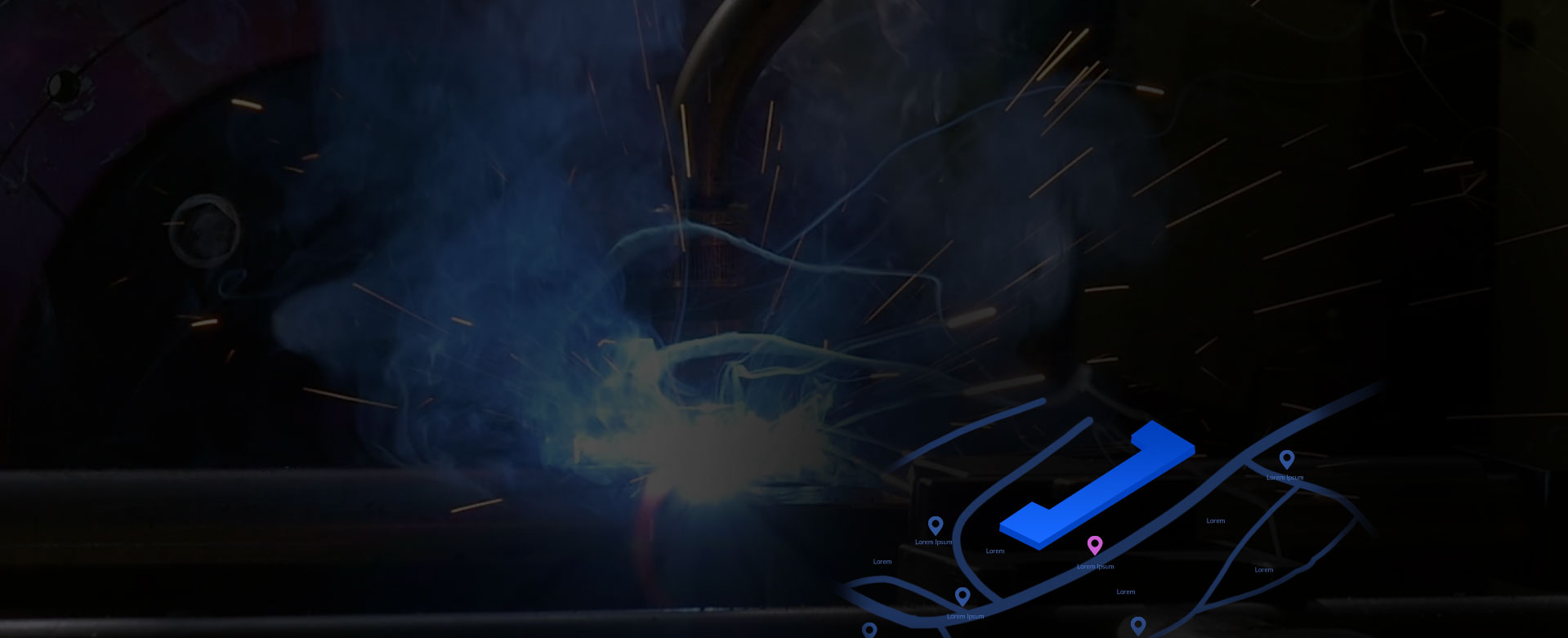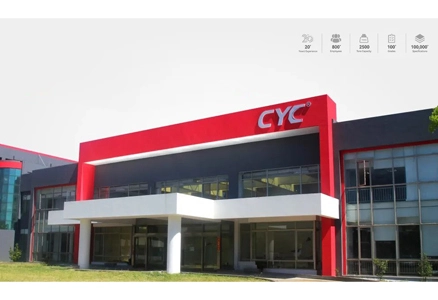
- Solid Carbide Rods
- Rods with Helical Coolant Holes
- Precision Ground Drill Blanks
- Rods with Straight Coolant Holes
- TCT Rods for Woodworking
- Indexable inserts
- Profiling Blanks
- Router bits blanks
- Finger Joint tips
- Carbide Strips
- Inserts for Rock Drilling
- Inserts for Coal Mining
- Carbide Balls
- Inserts and Blades for Construction
- Substrates
WHAT ARE YOU LOOKING FOR?

